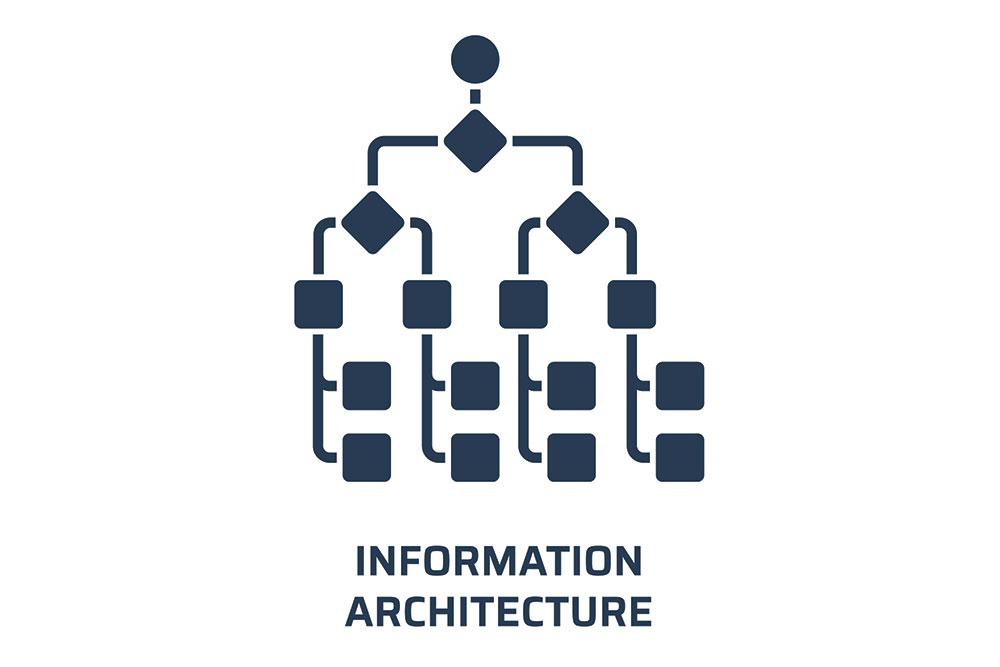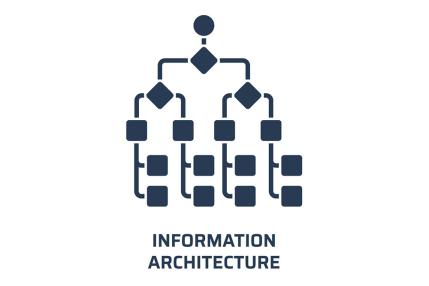Here are four things to investigate and improve on your website:
Improve your internal linking.
For the human visitor as well as the major search engines, having a good internal structure will improve your visibility and help to add context to your content by providing access to the bigger picture.
Better navigation.
By classifying your content, you can incorporate additional navigational tools, such as:
- tag clouds - a collection of keywords that connect all pages that contain the same keyword,
- related links - a way of controlling which articles you would like the visitor to read next.
Capture and hold interest.
Having the capability to manage the flow of information will give you the power to capture and hold the interest of your customers. This will improve your website ‘stickiness’, and help to build up a relationship through multiple visits not normally possible without direct communication.
It is this stickiness factor that will determine how successful your website becomes in terms of how well it can capture and convert prospects into customers.
By managing the flow of information, you will be able to provide something new for your customers each time they visit. What’s more, you will be able to use a language that they understand for each stage of your buying process.
Nurture and educate with auto-responders.
Auto-responders are newsletter-like emails that can be made to be very specific and hence higher in value. People who subscribe to your auto responders will receive highly tuned information according to their request. The auto responder emails will help to guide them down a specific path, with the appropriate links to your website, that gives them timely and valuable information in order to make an informed decision.
When combining newsletters with auto responders, you will have the ability to build credibility and trust with your customers and prospects. By giving them impartial information about the current thinking in your business area in your newsletters, you can provide opt-ins in your newsletters to subscribe to auto responders for people wanting more information.














